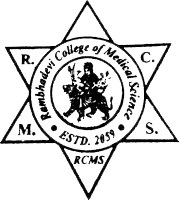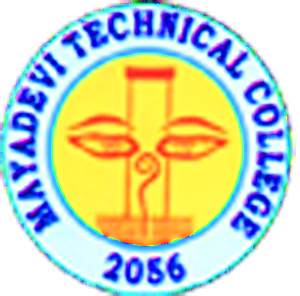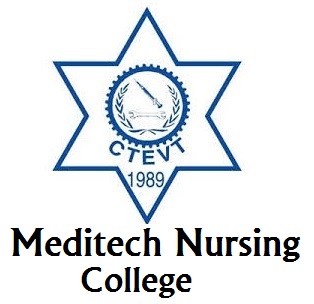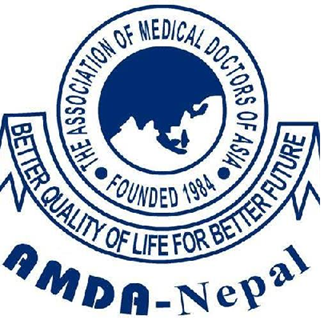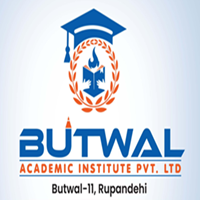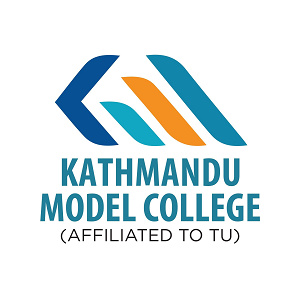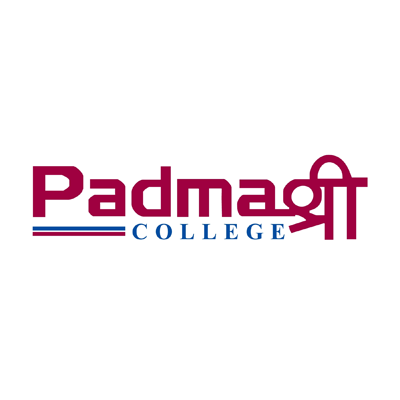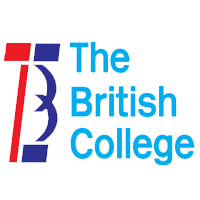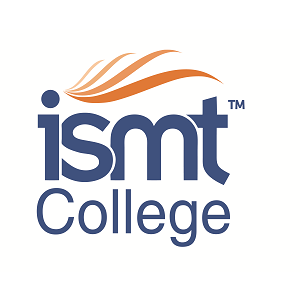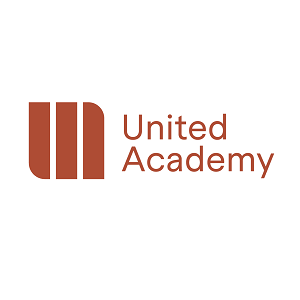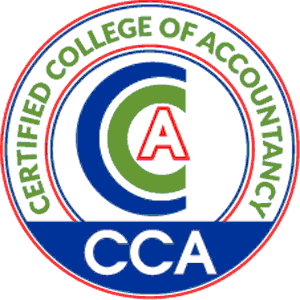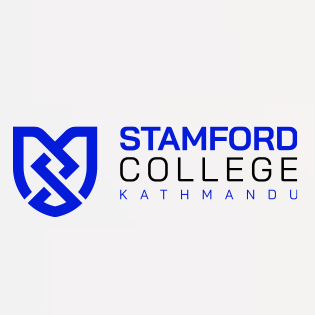Overview
Siddhartha Institute of Medical Technology was established in 1997 AD (2054 BS) as a privately owned health training institute in Bhairahawa 12 Rupandehi of Nepal. It is affiliated with the Council for Technical Education and Vocational Training (CTEVT) and accredited by the Nepal Professional Health Council. It offers health training programs in HA and AHA.
Vision: To envision attaining excellence in becoming a leading health teaching institution in Nepal that meets people’s basic health needs for quality health care.
Mission: To train medicine and community health personnel to provide basic medical care to the population of Nepal and other parts of the globe.
Goal/ Objectives: To produce well-trained, motivated, and task-oriented health manpower competent to provide basic health care.
Curriculum Details
The course spans three years and accommodates 40 students per batch. The curriculum follows the CTEVT standards and integrates theory and practical sessions. Students engage with subjects such as basic medical sciences, clinical practices, community health, and patient care management. Practical sessions at affiliated hospitals complement classroom instruction, ensuring students gain hands-on experience in patient interaction and emergency response.
Objectives
The program has clear objectives: to produce motivated and capable health personnel. Focuses is placed on developing essential medical skills, ensuring students can deliver quality care. The training also aims to build a strong foundation in general medicine, enabling graduates to work effectively in diverse healthcare settings across Nepal and beyond.
Scope
Graduates of the PCL in General Medicine (HA) and AHA courses are equipped to serve in various health facilities. They are prepared for roles that support essential healthcare delivery in community clinics, hospitals, and emergency services. The course meets the requirements of local health authorities and addresses the healthcare needs of both urban and rural areas.
Learning Outcomes
When the course is completed, students will have acquired a thorough understanding of general medical practice and will be competent in basic diagnostics, patient management, and community health initiatives. The course ensures graduates can communicate clearly with patients, maintain accurate records, and work as part of a healthcare team. These outcomes are essential for maintaining high standards in patient care.
Skill Development Modules
The curriculum includes modules that focus on:
-
Clinical Skills: Patient assessment, first aid, and emergency response training.
-
Theoretical Knowledge: Classes covering anatomy, physiology, and pharmacology.
-
Practical Experience: Laboratory work, supervised clinical rotations, and community health projects.
-
Communication: Enhancing the ability to interact effectively with patients and colleagues.
Teaching Methodology
Experienced educators provide instruction, bringing real-world insights into the classroom. The teaching strategy combines lectures, group discussions, and practical demonstrations. The clinical practice module is a significant program component, where students learn in a supervised healthcare environment. This approach supports a balance between theory and practical application.
Admission Requirements
Candidates seeking admission must meet specific criteria set by CTEVT. Requirements include a background in science at the secondary education level. Entrance examinations are held, and admission is based on merit. The institute ensures a transparent process that aligns with national standards. Documentation verifying academic records is necessary for enrollment.
Career Opportunities
Graduates are eligible for various roles in the healthcare sector. They can work in community clinics, local hospitals, and health outreach programs. The skills acquired prepare them for further education in medical fields or direct entry into the workforce. Opportunities extend to both public and private healthcare settings, providing flexibility in career planning.
Scholarships and Financial Aid
A 10% scholarship to students through the CTEVT entrance exam. These financial su is eligible for a 10% scholarship or help ease the burden of tuition fees, which are set according to official CTEVT guidelines. Additional financial aid may be available from government and non-government organizations supporting health education in Nepal.
Why Choose This Course?
The Siddhartha Institute of Medical Technology program is committed to quality health education and has a long-standing reputation for producing dedicated health professionals. By balancing classroom instruction and clinical practice, students gain the practical skills needed for the healthcare sector. The supportive learning environment and scholarship opportunities make the course attractive for prospective health workers.
Conclusion
The HA and AHA courses at Siddhartha Institute of Medical Technology offer a three-year comprehensive curriculum that prepares students for a career in healthcare. Adhering to CTEVT standards, the course ensures graduates are ready to meet the health needs of communities in Nepal. Focusing on practical skills, academic knowledge, and professional growth, the program provides a solid foundation for those aspiring to contribute effectively to the healthcare system. This course is an excellent option for individuals seeking a rewarding career in general medicine within Nepal’s health sector.



